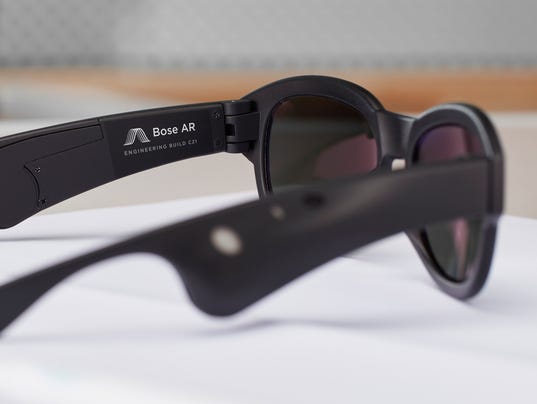
Photo from HBX.com
Right when we thought that we’ve just about seen it all. An article written by Brett Molina for the Tech section of USA Today online, he talks about his experience using Pizza Hut’s latest–and most unreal–technological advancement: a pair of sneakers. You read that right, sneakers. And these tech-savvy shoes with the capability of ordering a pizza for you, are arguably one of Pizza Hut’s most obnoxious marketing stunts.
The sneakers, dubbed “Pie Tops II”, were created with the capability of ordering a Pizza Hut pizza right from your feet, and now feature that allows the user to pause live TV in order to pick up their unconventionally ordered pie. The right shoe features the main capability of ordering pizza, while the left shoe can be pointed at the TV, and with a tap of the button on the tongue, can be used to pause your program.
In order for the sneakers to work, the user has to download Pizza Hut’s “Pie Top” app, and have a Pizza Hut account to link right up to the app. As of right now, the Pie Tops are only capable of ordering one of Pizza Hut’s most used specials: $5.99 for two medium pizzas.
The sneakers will run for $150 in two colors, red and “wheat”, available on HBX.com starting next week.
In my opinion, this is the most ridiculous case of technological convergence I’ve ever seen. A remote to pause the TV and a laptop to order a tray of pizza is enough for me, and I’m sure a lot of others. But will absolutely admit, I’m sure that if I was a die hard fan of subpar pizza and had an extra $150 to drop on a pair of food themed, unnecessarily tech-y sneakers–these would be the ones.
Source: https://www.usatoday.com/story/tech/talkingtech/2018/03/20/you-can-order-pizza-hut-through-sneakers-yep-tried-so-called-pie-tops-what-learned/424957002/


